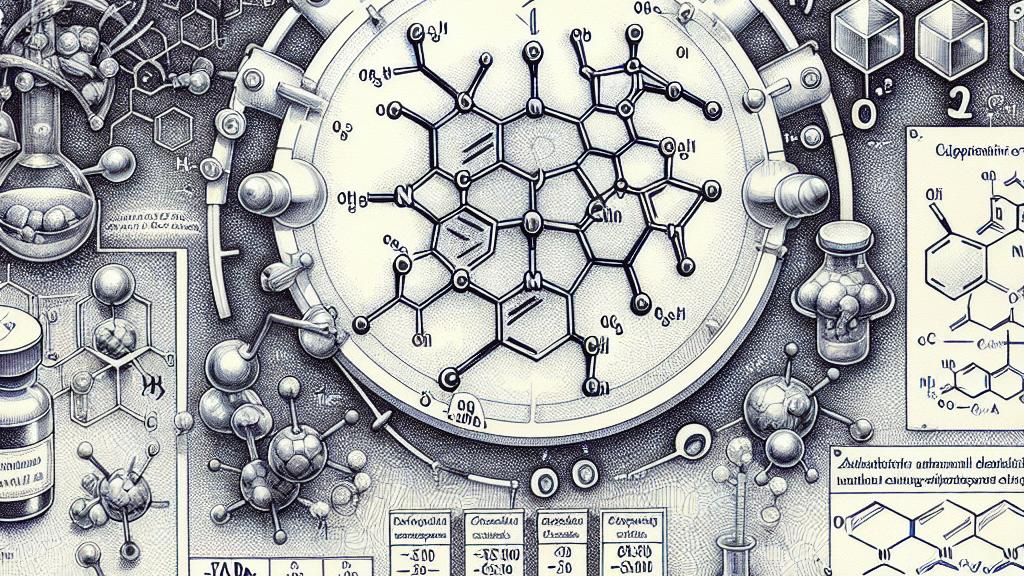Understanding Chemical Corrections in Research Studies
Overview
- Accurate mass values are crucial for ensuring reliable chemical research outcomes.
- Innovative methods like Trp-CLiC significantly enhance the precision of peptide identification.
- Ongoing advancements in chemical techniques drive the continuous evolution of scientific discovery.

The Crucial Importance of Accurate Mass Values
In the intricate world of chemistry, precision is everything. Just think about the profound implications of a recent correction made in a highly regarded Nature article regarding mass values for tryptophan derivatives. Originally published figures were misleading; subsequently, they were corrected to +711.3010 Da for the tryptophan cycloadduct and –695.3061 Da for the neutral loss fragment. Such discrepancies might seem small, but they can drastically alter the interpretation of experimental data. Imagine conducting a series of experiments based on incorrect mass values; the ripple effects could lead to fundamental misunderstandings about molecular interactions. For instance, in drug development, knowing exact molecular weights is essential. Missteps in this area could derail the design of effective therapies, ultimately affecting patient outcomes.
Transforming Peptide Identification Techniques with Trp-CLiC
Peptide identification plays a pivotal role in our understanding of biological systems, and the pace of innovation in this area is remarkable. Enter the tryptophan chemical ligation by cyclization, or Trp-CLiC—a revolutionary method that allows scientists to specifically label tryptophan residues on proteins. Previously, this was a daunting task due to tryptophan's rarity and unique properties. Picture this: with Trp-CLiC, researchers can now uncover where these critical amino acids reside within complex proteins, which is vital for elucidating their biological roles. For example, mapping tryptophan locations helps explain its function in processes ranging from enzyme activity to cell signaling. This newfound clarity not only enhances basic research but also opens doors for developing targeted treatments for diseases like cancer—showcasing how innovation can translate into real-world impact.
Embracing the Continuous Evolution of Chemical Methods
The scientific landscape is ever-changing, driven by a relentless pursuit of knowledge and improvement. Take a moment to appreciate the shift from traditional chemical methodologies to more sophisticated techniques that reflect nature’s own mechanisms. A striking illustration is the application of oxaziridine reagents, which facilitate the creation of new chemical bonds by mimicking natural product biosynthesis. This innovation exemplifies how researchers can harness nature's ingenuity to fuel their discoveries. By adopting these advanced methodologies, scientists significantly increase the specificity and efficiency of their work, ultimately leading to breakthroughs in understanding protein functionality. For instance, understanding how proteins orchestrate cellular processes opens avenues for targeted therapies, underscoring the significance of these methodological advancements. In essence, the evolution from techniques like traditional peptide synthesis to sophisticated approaches like Trp-CLiC not only highlights the progress we’ve made in science but also emphasizes a commitment to unraveling the complexities of life itself.

Loading...